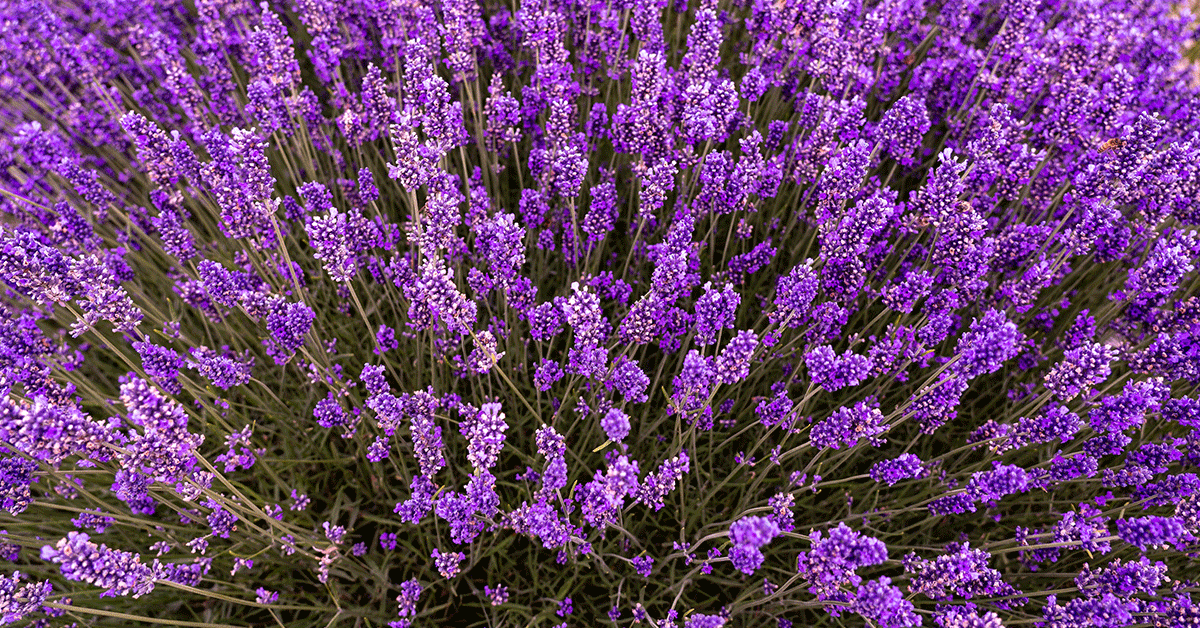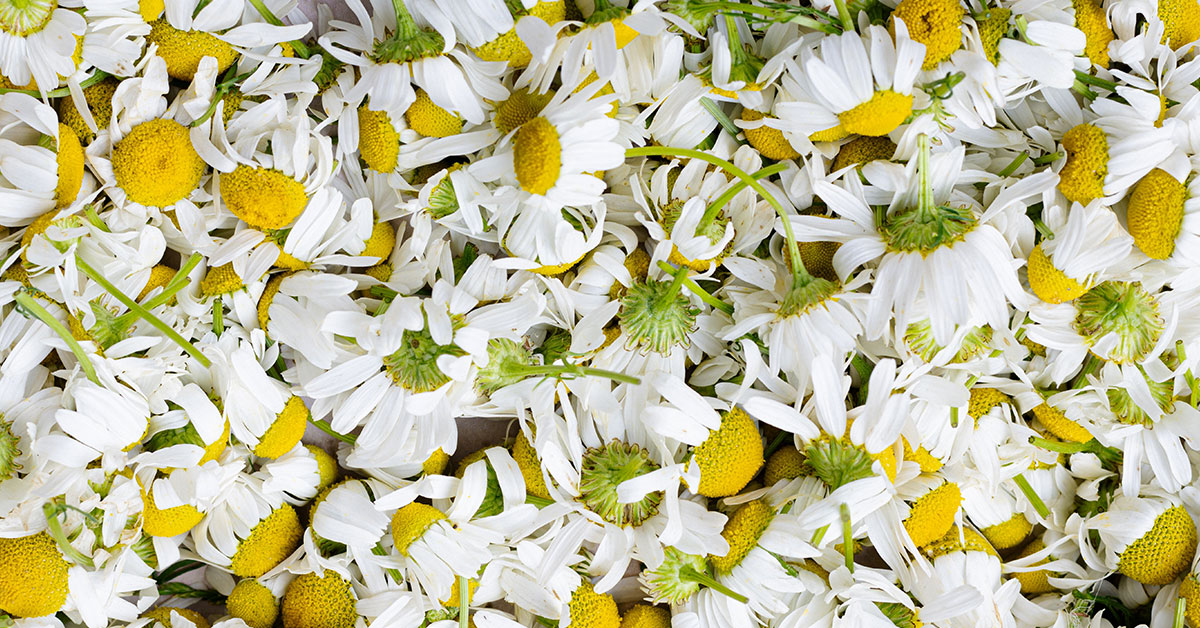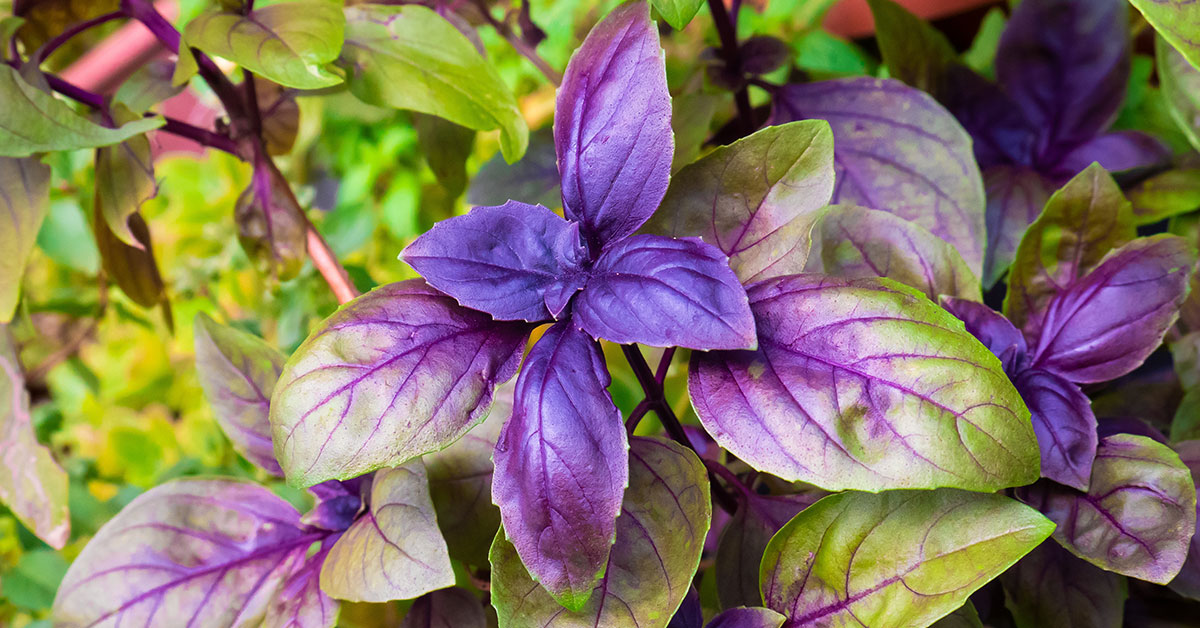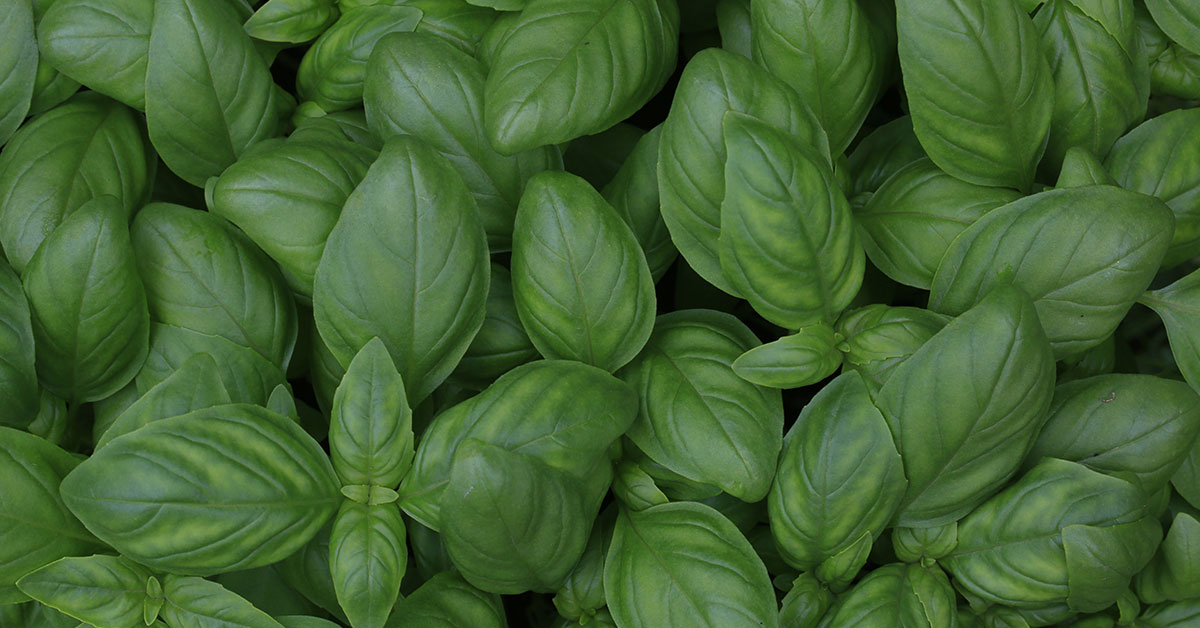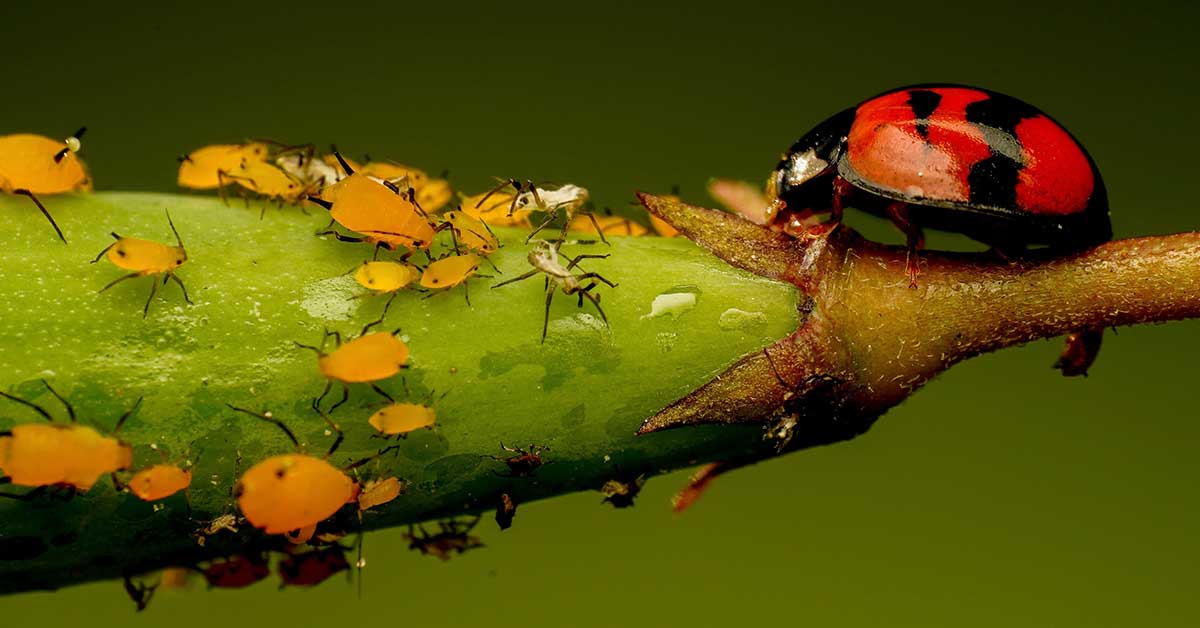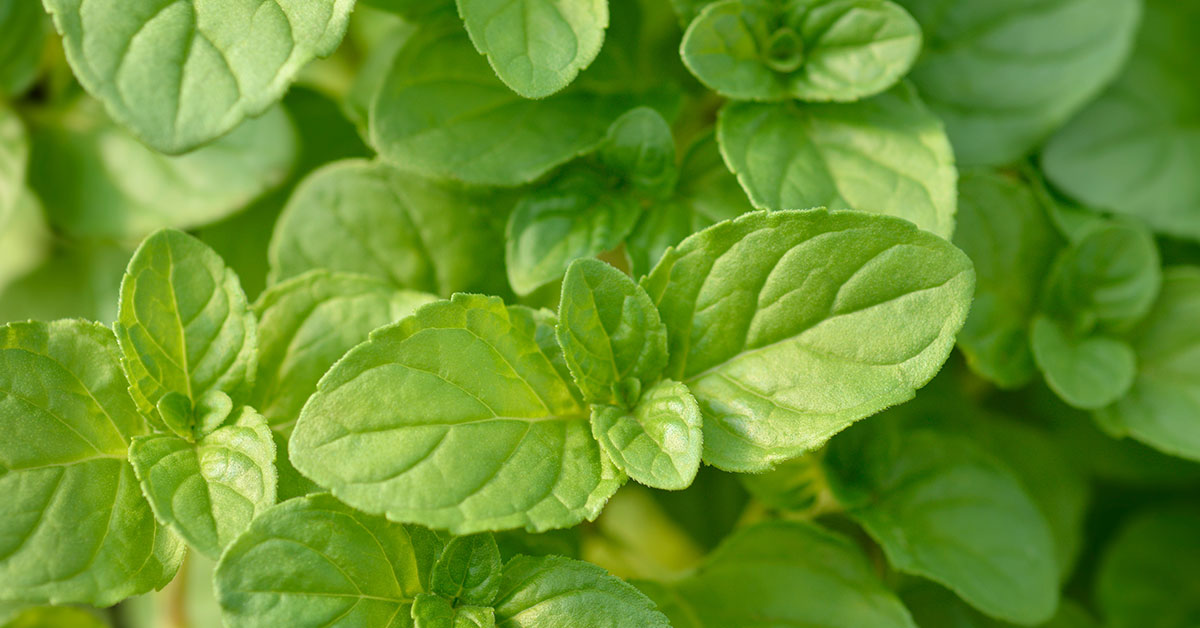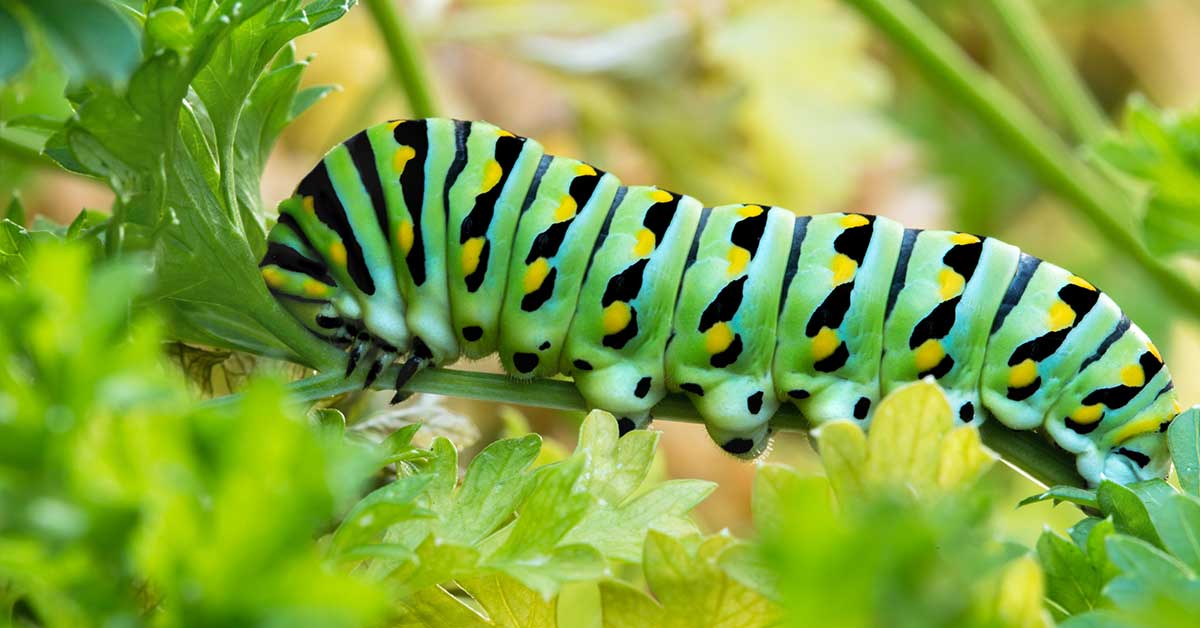For gardeners who love growing lavender, there’s nothing worse than a dying lavender plant. We pour all this effort into growing a beautiful, fragrant lavender plant, only to make some kind of mistake and watch it slowly wilt and perish. If you’ve noticed your lavender plant isn’t doing too well, don’t fret, but do take action. These hardy plants can take a lot of abuse, but if it is actively dying, it’s important that you step in quickly to assess and fix the root cause of the plant’s health issues.
What’s the root cause of a dying lavender plant?
A dying lavender plant can usually be revived if you identify the root cause of its failure to thrive and act quickly to correct those causes. Broadly speaking, there are 7 common causes for a lavender plant to fail to thrive and begin to die.
Winter temperatures are too cold
Lavender is a cold hardy plant, but its cold hardiness is only fully realized when the plant is mature and established. Established lavender plants can survive in temperatures as cold as 10 degrees Fahrenheit, or -12 degrees Celsius. But younger plants that aren’t yet established may perish in temperatures still above freezing, as warm as 40 degrees Fahrenheit, or 4 degrees Celsius. If your lavender plant is young and not yet established and you live in a growing zone prone to cold winter temperatures, consider creating a makeshift greenhouse around your plant or potting it.
If your lavender plant is established and winter temperatures never drop below 10 degrees Fahrenheit, you can most likely rule out cold winter temperatures as the likely cause of your dying lavender plant’s problems.
Incorrect watering
Improper watering is probably the most common cause of a lavender plant failing to thrive. A lavender plant that has been watered excessively may wilt and have droopy, yellow leaves. There may also be a putrid, rotting smell coming from the soil of a lavender plant that has been watered too much. Underwatered lavender plants will wilt and droop, but generally without the yellowing of the leaves. Be cautious of crispy, dry leaves: not all underwatered lavender will droop. Sometimes the leaves will stay firm and upright, but lose their moisture, brown, and die.
Root rot
Excessive watering can cause a condition called root rot. Root rot is a mold that grows well in soggy, poor-draining soils and attacks the roots of plants. As the roots die, the plant’s ability to uptake water and nutrients is diminished, which will cause sections of your plants to yellow, wilt, and die. You may notice a bad, rotting smell coming from the soil of your plant.
To fix root rot, you need to act quickly. Remove the lavender plant from its soil and wash all of the soil away from the roots. You should see sections of the roots that are white and healthy and parts that are mushy and brown. With clean shears, cut away any rotted sections of the roots. Once you’re confident you’ve cleared away the dead roots, replant your lavender in well-draining, clean soil and keep your fingers crossed.
Insufficient sunshine
Another fairly common reason that a lavender plant begins to die is simply that it isn’t getting enough sunlight. This is more common in potted lavender plants that are kept indoors than outdoor lavender plants, but if you’ve planted it in a shady spot, you may want to dig it up and plant it in a sunnier spot. If you think it’s an issue of insufficient sun, move your dying lavender plant to an area that gets 6 hours of direct sunlight each day. Lavender prefers full sun conditions.
Excessive fertilizing
Contrary to most herbs, lavender actually prefers nutrient-poor soil. Fertilizing lavender excessively can actually do more harm than good to your plants. If you are over-fertilizing your lavender, it can result in excess foliage and your plant may not ever bloom because it doesn’t have the energy to do so. In other circumstances, over-fertilizing lavender can just kill the plant entirely, especially if the soil is too nitrogen rich. There may come a time when you must admit defeat with your lavender and have to start all over again with a new plant.
Disease
There are a few diseases that can kill a lavender plant, despite it being a hardy, perennial herb. Noteworthy among them are the alfalfa mosaic virus, lavender shab, and septoria leaf spot.
Pests
In my experience, lavender is a tough plant that isn’t normally killed by pests. That said, leafhoppers, spittlebugs, and aphids can eat the sap and leaves of your lavender plant. Spittlebugs are easy to spot because they leave spit-like blobs on the leaves of the plant it’s infesting. For the most part, these won’t kill a lavender plant, but if you’re concerned, you may want to kill these pests by hand to hinder their damage. Aphids don’t normally harm lavender plants too severely, but they do spread the alfalfa mosaic virus, which can make your lavender sick.
Your dying lavender plant is old
For humans, the only two guaranteed are death and taxes. Lavender plants don’t pay taxes, so I guess there’s only one guarantee. Death comes to all plants eventually, even perennial plants. Lavender plants have a lifespan of about 7 years. If you have a 7-year-old or older dying lavender plant, it could very well be that your lavender has run its course and has begun its natural death process. If you think this is the cause of your lavender plant’s decline, it may be time to let it go its natural course and plant a new lavender plant. Good job caring for your lavender for its whole life!
